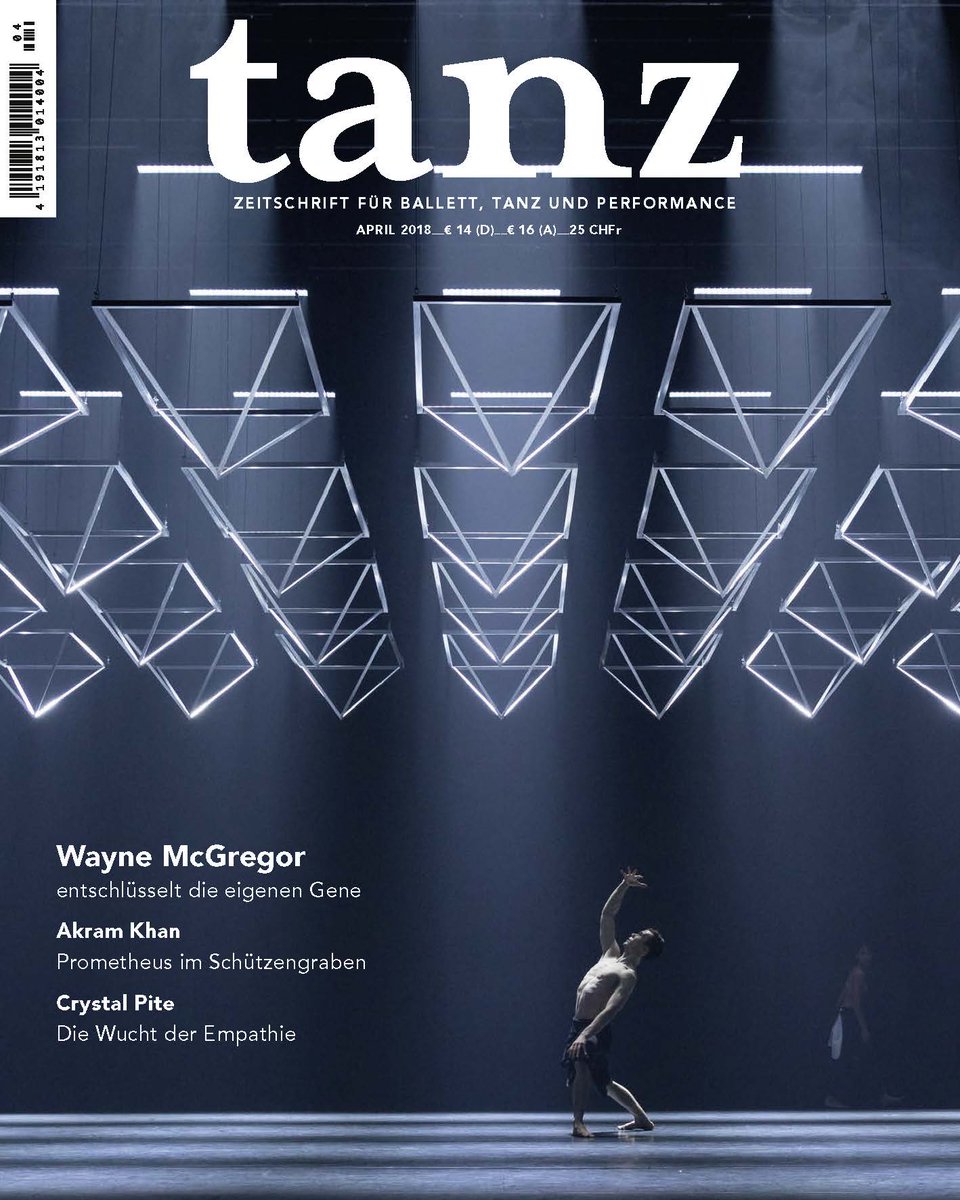In 2016, I undertook a yearlong research project at City University, London to examine the scope and reasons for gender imbalance in choreography, with a particular focus on why it appears to be more pronounced in classical ballet compared to contemporary dance.
ABSTRACT
The dissertation investigates the lack of women working as professional choreographers in both the UK and the wider international dance sector. Although dance as an art form within western cultures is often perceived as ‘the art of women,’ it is predominately men who are conceptualising the works and choreographing the movement. This study focuses on understanding the phenomenon that leads female choreographers to be less likely to produce works for leading dance companies and venues than their male counterparts. The research investigates the current scope of the gender imbalance in the professional choreographic field, the reasons for the imbalance and provides theories as to why the imbalance is more pronounced in the classical ballet sector compared to the contemporary dance field.
The research draws together experiences and statistical evidence from two significant branches of the artistic process; the choreographers involved in creating dance and the Gatekeepers and organisations that commission them. Key issues surrounding the problem are identified and assessed through qualitative data drawn from interviews with nine professional female choreographers. A statistical analysis of the repertoire choices of 32 leading international dance companies quantifies and compares the severity of the gender imbalance at the highest professional level. The data indicates that the scope of the phenomenon affects not only the UK but also the majority of the Western world.
As a subject that is currently under researched this dissertation provides scholarship on the position of the female choreographer in today’s society by examining the phenomenon from a historical and contemporary perspective.

